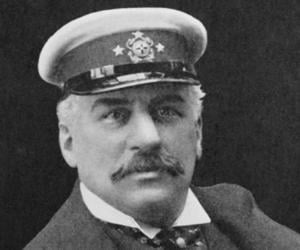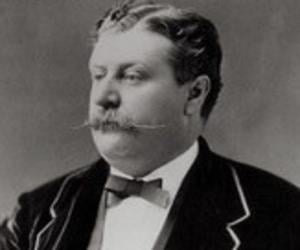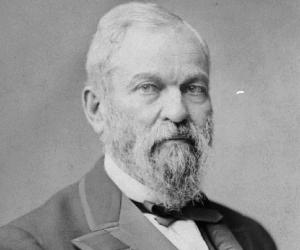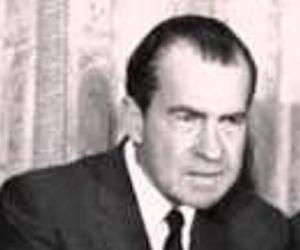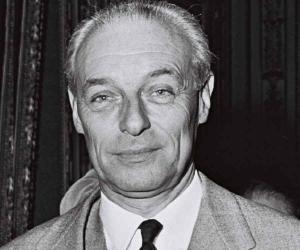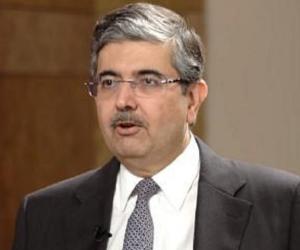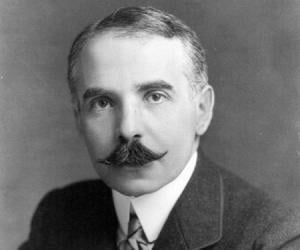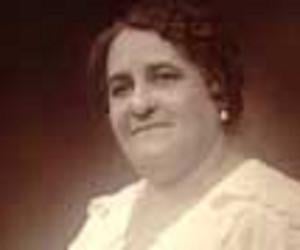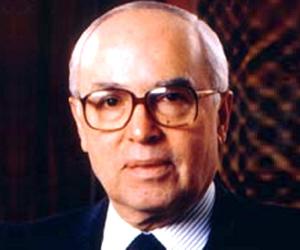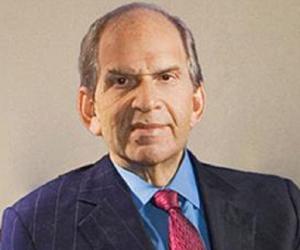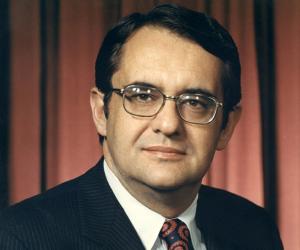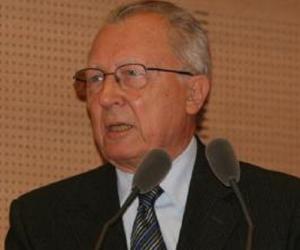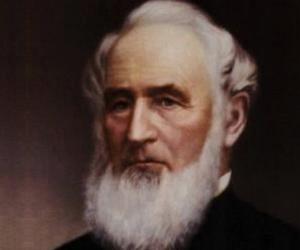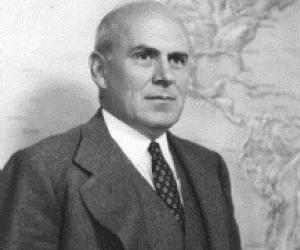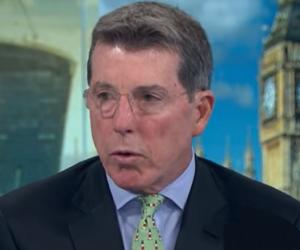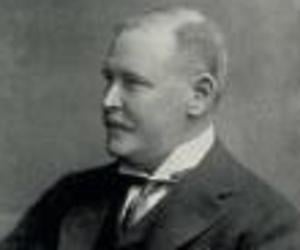Quick Facts
Nick Name: J.P. Morgan, Pierpont
Also Known As: John Pierpont Morgan, JP Morgan
Died At Age: 75
Family:
Spouse/Ex-: Amelia Sturges, Frances Tracy Morgan
father: Junius Spencer Morgan
mother: Juliet Pierpont
children: Anne Morgan, J. P. Morgan Jr., Juliet Pierpont Morgan, Louisa Pierpont Morgan
Born Country: United States
Bankers American Men
Died on: March 31, 1913
place of death: The St. Regis Rome, Rome, Italy
U.S. State: Connecticut
City: Hartford, Connecticut
Founder/Co-Founder: Northern Securities Company, International Mercantile Marine Co., Anglo American plc, Metropolitan Club, Southern Railway, J.P. Morgan & Co.
More Facts
education: The English High School, University of Göttingen, Cheshire Academy
Childhood & Early Life
John Pierpont Morgan was born on April 17, 1837, in Hartford, Connecticut, to Junius Spencer Morgan, a wealthy financier, and his wife Juliet Pierpont.
Morgan received his elementary education from several public schools such as Hartford Public School and Episcopal Academy in Cheshire. Then, he attended the Boston’s English High School, and later got enrolled in Germany’s prestigious University of Gottingen.
After improving his German and obtaining a degree in art history from Gottingen, Morgan returned to begin his career in finance. In 1857, he started working at the London branch of Peabody, Morgan & Co., a merchant banking firm.
Career
In 1858, J.P. Morgan moved to New York and joined as an accountant for Duncan, Sherman & Co., the American representatives of George Peabody and Company. At the outbreak of the American Civil War, Morgan joined his father’s firm, J. Pierpont Morgan & Company, where he worked until 1864.
From 1864 to 1872, he served as an influential member of the firm of Dabney, Morgan, and Co. In 1871, he entered in a partnership to form the New York firm of Drexel, Morgan & Co.
With the help of newly founded private banking firm, Morgan continued to make investments and acquisitions. He backed Thomas Edison projects and laid the financial foundation for Edison Electric Company.
Meanwhile, when many small companies and railroads faced hard times after the Civil War, Morgan acquired and restructured many of them, bringing his own standards to the rail industry. Some of his rail holdings were the New York Central, New Haven and Hartford, Pennsylvania, Southern, and the Northern Pacific systems.
In 1892, Morgan arranged the merger of Edison General Electric and Thomson-Houston Electric Company to form General Electric. During the depression following the panic of 1893, Morgan provided financial support to the U.S. government in order to prevent a Treasury crisis.
In 1895, the Drexel, Morgan & Co. was reorganized as J.P. Morgan & Co., which gradually evolved into one of the most powerful banking institutions in the world.
Spotting the requirement of huge quantities of steel in rails and trains, Morgan founded as well as acquired a large amount of steel-making operations. In 1901, he formed the U.S. Steel Company by merging Carnegie Steel Works along with several other steel and iron industries.
Subsequently, Morgan expanded his business into many other sectors in the financial and industrial worlds. He helped in providing financial backing to coal mines, insurance, as well as the communications industries. During the stock market panic of 1907, Morgan directed the banking coalition and led several business communities, acquiring control of various banks and insurance companies in the process.
Morgan was also an ardent art collector and accumulated a large collection of pictures, paintings, and other art objects. Most of the art works were donated to the Metropolitan Museum of Art after Morgan’s death.
Major Works
In 1871, Morgan started his own private banking company and later restructured it as J.P. Morgan & Co. The firm acquired, financed and expanded many businesses, subsequently emerging as one of the most powerful banking houses in the world. It also provided financial support to the U.S. government during the economic depression following the panic of 1893.
Morgan helped in consolidation of the railroad industry in the East and helped achieve railroad rate stability by gaining control of much of the railroads. In 1901, he arranged the merger of several steel and iron companies, and formed the United States Steel Corporation, which gradually became the world’s largest steel manufacturer.
Philanthropic Works
Apart from being a successful financier, Morgan’s was a prominent philanthropist who bestowed his wealth in numerous humanitarian endeavors. He donated a substantial portion of his personal fortune to charities, churches, hospitals, and schools.
Personal Life & Legacy
In 1861, Morgan married Amelia Sturges but unfortunately she died the following year. In February 1865, Morgan tied the knot with Frances Tracy, also known as Fanny. The couple had four children together; Louisa, John Pierpont Jr., Juliet and Anne.
J.P. Morgan died in his sleep on March 31, 1913, at the Grand Hotel in Rome, Italy. He was interred in Cedar Hill Cemetery, Hartford, Connecticut, U.S.
Facts About J. P. Morgan
Morgan had a pet cockatoo named Cockie that he often brought into his office. Cockie became a beloved mascot among Morgan’s colleagues.
Morgan had a fascination with collecting rare books and art.
He donated millions of dollars to various charitable causes and institutions during his lifetime.
Morgan had a keen interest in yachting and owned several luxury yachts, including the famous Corsair.
Morgan was a connoisseur of fine wines and often hosted elaborate wine-tasting events at his mansion.


